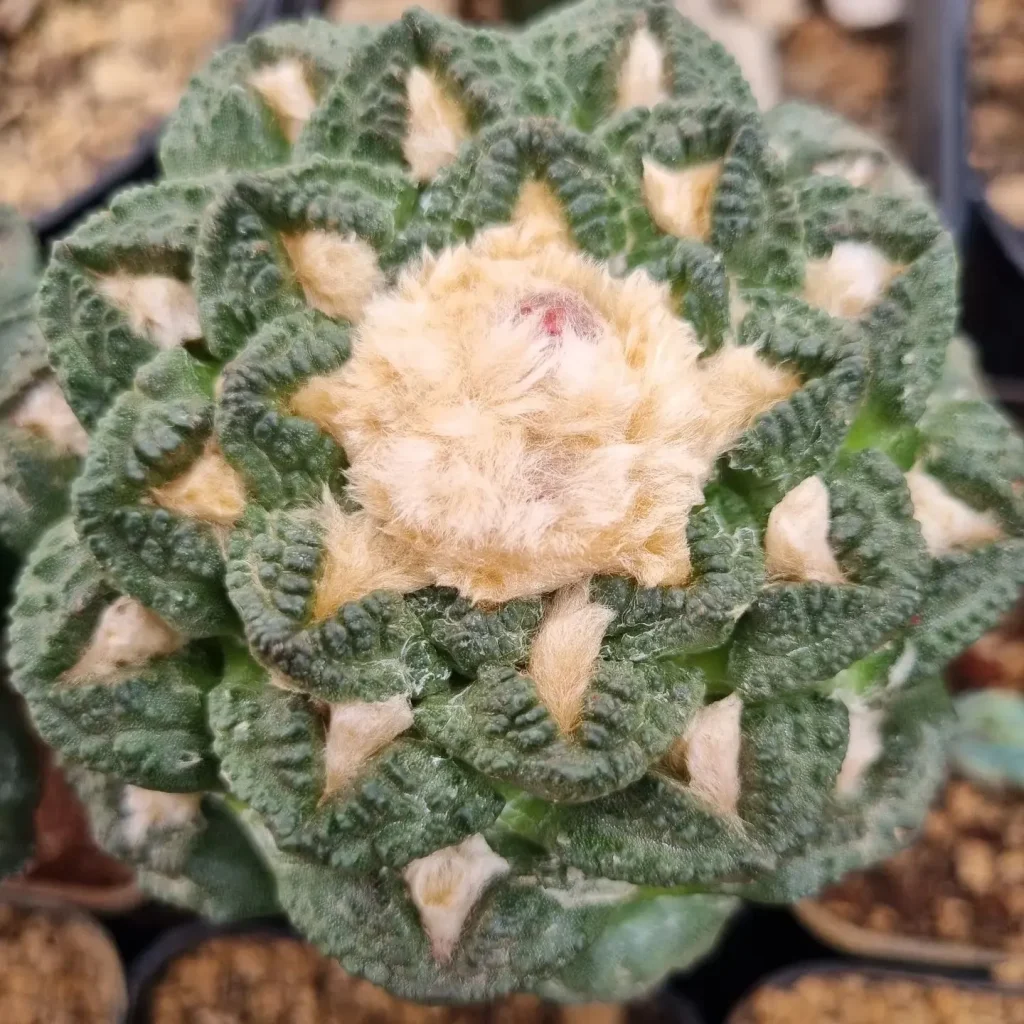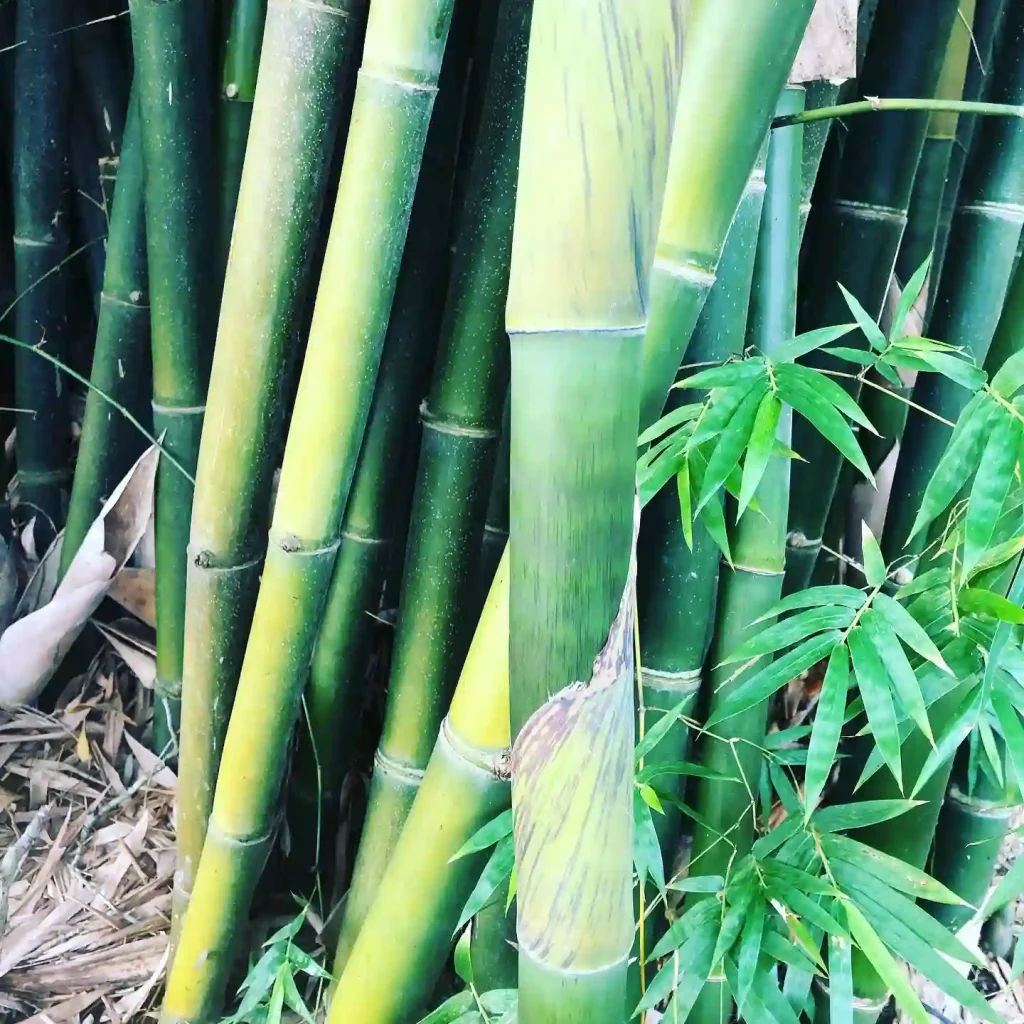Hello there, fellow plant enthusiasts! Today, I want to share with you my journey and knowledge about a remarkable plant called Hoya Wayetii. This stunning plant has captivated my heart with its vibrant foliage and easygoing nature. In this comprehensive guide, we will explore the characteristics of Hoya Wayetii, provide a step-by-step plant care guide, address common problems, offer useful tips, and answer frequently asked questions. So, let’s dive right in!
566 Species in Genus Hoya
What is Hoya Wayetii?
Hoya Wayetii, also known as Wax Plant or Hoya Vine, is a member of the Apocynaceae family. This delightful succulent vine is native to Southeast Asia and is highly valued for its beautiful leaves and fragrant flowers. The most distinctive feature of Hoya Wayetii is its thick, fleshy leaves, which have a unique variegation pattern. The leaves are typically dark green with splashes of creamy yellow or white, making it an eye-catching addition to any indoor garden.
How to Cultivate and Care for Hoya Wayetii?
- Lighting Requirements: Hoya Wayetii thrives in bright, indirect light. Place it near a north or east-facing window where it can receive ample sunlight without direct exposure. Avoid placing it in intense, direct sunlight, as it can lead to leaf burn.
- Temperature and Humidity: This tropical plant prefers warm temperatures ranging between 65°F to 80°F (18°C to 27°C). It is essential to maintain a relatively high humidity level for optimal growth. Placing a tray of water near the plant or using a humidifier can help create the ideal humidity.
- Watering: Wayetii prefers slightly dry conditions, so it’s best to allow the soil to dry out between waterings. When watering, ensure that excess water drains well to prevent root rot. During the winter months, reduce watering frequency as the plant enters a dormant period.
- Soil and Fertilizer: Use a well-draining potting mix with a blend of peat moss, perlite, and orchid bark. A light and porous mix will prevent waterlogging and provide essential aeration for the roots. Fertilize your Wayetii with a balanced houseplant fertilizer diluted to half strength every two to four weeks during the growing season.
- Pruning: Regular pruning will help maintain the shape and encourage bushier growth.
How to propagate Hoya Wayetii?
To propagate Hoya Wayetii, I’ve found success using stem cuttings. First, I select a healthy stem and cut it just below a leaf node using clean, sharp scissors. Then, I let the cut end callus over for a day or two to prevent rotting. After that, I dip the cut end in rooting hormone to encourage root growth. Next, I plant the cutting in a well-draining soil mix, keeping it moist but not waterlogged. I’ve found that placing a plastic bag over the cutting helps to maintain humidity and promote rooting. With patience and care, new roots should start to emerge in a few weeks, signaling successful propagation.
Common Problems and Solutions:
- Overwatering: Overwatering can lead to root rot and other fungal diseases. Ensure that the top inch of soil is dry before watering again. Adjust your watering frequency accordingly to prevent overhydration.
- Pests: Hoya Wayetii is generally resistant to pests, but occasionally, mealybugs, aphids, or spider mites may appear. Regularly inspect the leaves and stems for any signs of infestation. If pests are present, gently wipe the affected areas with a damp cloth or use an organic insecticide.
- Leaf Drop: Leaf drop can occur due to sudden temperature changes, overwatering, or insufficient light. Maintain consistent conditions and ensure that your plant is receiving adequate light and water.
Useful Tips for Successful Hoya Wayetii Care:
- Rotate the Plant: To ensure even growth and prevent the plant from leaning towards the light source, rotate it every few weeks.
- Support for Climbing: Hoya Wayetii is a vining plant and appreciates a support structure. Use a trellis, moss pole, or plant stake to guide its growth.
- Cleaning Leaves: Dust can accumulate on the leaves, hindering their ability to photosynthesize. Gently wipe the leaves with a soft, damp cloth to keep them clean and healthy.
FAQs about Hoya Wayetii:
- Is Hoya Wayetii a beginner-friendly plant?
– Yes, Hoya is generally considered a great plant for beginners due to its hardiness and forgiving nature. - How often should I fertilize my Hoya Wayetii?
– Fertilize your Hoya every two to four weeks during the growing season with a balanced houseplant fertilizer diluted to half strength. - Can Hoya Wayetii be grown outdoors?
– Hoya is primarily an indoor plant but can be grown outdoors in tropical and subtropical regions.
Hoya Wayetii vs Kentiana
Hoya Kentiana and Hoya Wayetii share a striking resemblance, yet nuanced distinctions set them apart. Hoya Kentiana features elongated, more pointed leaves compared to Hoya Wayetii. Notably, the flower stems (pedicels and peduncles) of Hoya Kentiana exhibit darker hues in shades of pink or red, whereas those of Hoya Wayetii remain green. These subtle differences contribute to the differentiation between the two species, despite their overall similar appearance.
Hoya Rosita vs Wayetii
Hoya Rosita is the result of crossing Hoya Wayetii with Hoya Tsangii, giving rise to a captivating hybrid. This plant showcases exquisite green oval leaves that acquire a charming maroon border as they mature. When subjected to a touch of early morning or late afternoon sunlight, these leaves can transform entirely, adopting a striking bronze-red hue.
Hoya Shepherdii vs Wayetii
Hoya Shepherdii stands as yet another cherished member of the Hoya family, known for its elegant trailing vines adorned with elongated leaves. In contrast to Hoya Wayetii and Kentiana, the leaves of Hoya Shepherdii are considerably lengthier and more slender. This distinctive feature has earned it the moniker “string bean plant.” It’s a hassle-free addition to your plant collection, requiring minimal care.
In conclusion, Hoya Wayetii is a stunning plant with its variegated foliage and attractive vining habit. By following the guidelines mentioned in this comprehensive guide, you can ensure that your Hoya Wayetii thrives and brings joy to your indoor garden. Remember, with proper care, patience, and a little love, your Hoya Wayetii will reward you with its beauty and charm for years to come. Happy gardening!
If i die, water my plants!



